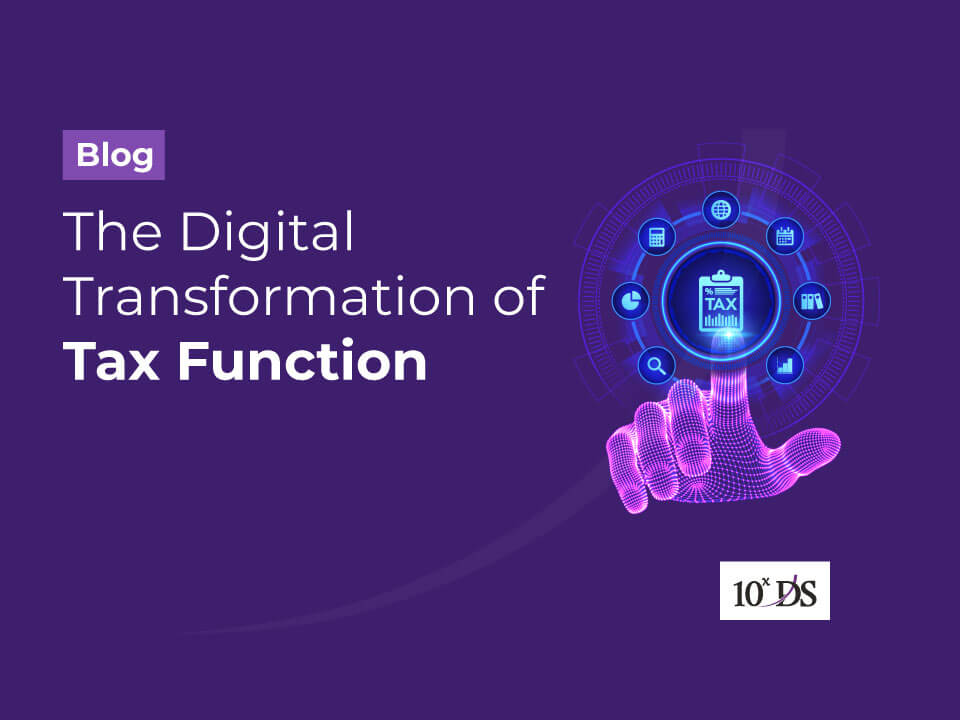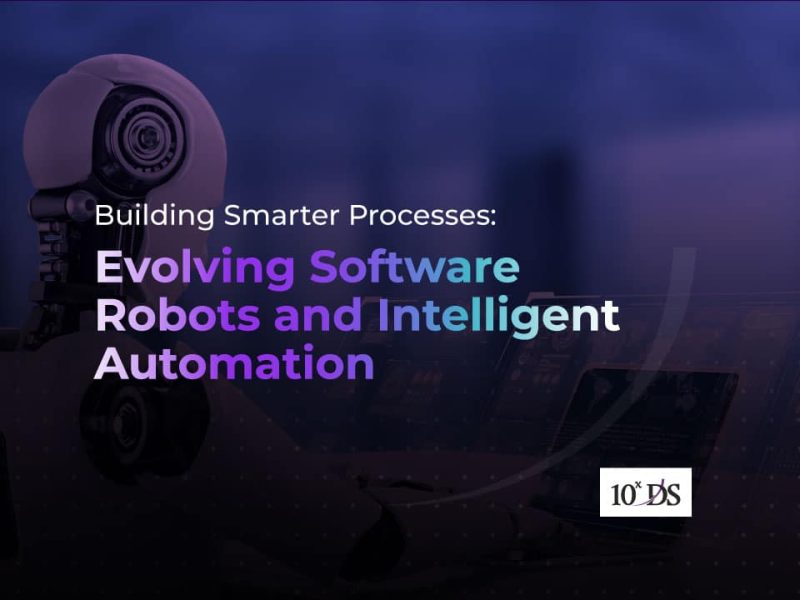
The Digital Transformation of Tax Function
Digitalization of tax collection and the entire function is something we have been hearing a lot these days. Today, exponential efforts are being taken by governments, tax authorities, technology consultants and organizations of various countries across the world to make use of technology to digitally transform various steps involved in tax collection, processing, calculation, and more. In the post-pandemic era, tax digitalization is gaining much more momentum. To compensate for the stagnation that was caused during the pandemic period, companies and governments are adopting innovative ways in their day-to-day business and other operations.
While the emphasis on this transition is to regain the momentum of the past – the pre-covid period -, it also demands getting familiar with the bulk of innovative changes that happened during the Covid period, which includes tax digitalization. When it comes to tax calculations, we have a series of advancements supported by the tax administration. This includes e-way bills, use of advanced analytics in tax calculations, tax portals, electronic invoicing, and the list goes on. All these measures facilitate a better and improved management of tax compliance requirements. That said, it also calls for a more advanced framework for tax compliances.
Tax Digitalization in India
The government has expanded its provisions for TDS remittance over the course of the last couple of years through digitalization. The key reason behind this is the ambition to offer a single reporting landscape for all businesses.
With these stabilization and digitalization steps, the government aims to increase the size of the tax base and thereby bring more stability and transparency to the public finances. These efforts also pave way for further economic growth.
Digitalization Trends at the International Level
At the international level, digitalization trends continue to change the way tax is paid and reported. Integration of innovative solutions into the tax system is found in almost all countries.
For instance, Kenya introduced mobile money, Estonia ventured into a long-term commitment involving digital transactions, and Brazil was fast to explore the possibilities of electronic invoices.
Common Digitalization Trends in Tax Compliance from around the World
1. Pre-filling
One of the most noticeable benefits of the digitalization of tax is the ability to pre-fill the details of the taxpayer. The tax authority ought to have access to the taxpayer’s details from authentic sources for this to work seamlessly. In most cases, the reliable sources of these data could be the government department or the employer.
2. Effective Auditing
With digitalization in tax, it becomes easier for the tax authority to get comprehensive data regarding the taxpayers. This makes auditing both timely and more effective.
For instance, with access to key data ready at hand, the tax authority can carry out random or targeted tax auditing or other compliance checks.
3. Integrated Tax Remittance
In an advanced tax compliance framework, each taxable transaction can be integrated. This would mean businesses do not have to file tax documents later on. The tax is paid automatically, and the filing happens in the background simultaneously.
4. Real-Time Data
Imagine how a tax authority could access tax details about a business in the absence of digitalization. They would have to physically visit the business, ask them for the tax invoices and other files, and go through them.
In a digitalized tax ecosystem, this becomes pretty handy. The respective authorities can pull out tax data of a business entity from its online portal and check them in real-time.
With this real-time data, governments can formulate economic policies much faster. However, it has to first ensure that all businesses have moved to the digital tax system.
5. Electronic Invoicing
In a digitalized tax remittance and compliance framework, businesses can remit their taxes and get digital invoices for the same instantly. A copy of the electronic invoice will be sent to the tax authority too.
Main Challenges Faced in Tax Digitalization
Tax digitalization does offer a slew of benefits to the taxpayers as well as the respective tax authorities. Notwithstanding this, it isn’t free from a few challenges. The biggest challenge that both parties face is the change management that has to take place while migrating from the conventional tax system to the digital tax system.
In addition to that, there is the complexity associated with each tax system, for instance, rules and conditions related to legacy tax systems. In most scenarios, migration to a modern tax compliance system would require special legislation at the government level.
While most businesses are quick to respond to the government’s initiatives to digital tax compliance framework, some are either reluctant or lack the knowledge and infrastructure to take part in such a transition. The increase in cyber threats might discourage many businesses from switching to the digital ecosystem for tax remittance.
Digital Transformation Approach that works
There are ways to streamline and simplify your tax functions. Key stakeholders can closely observe the Tax Life Cycle. With the right digital transformation partner to consult, organizations can harness the latest technologies to improve Tax relevant processes. Technologies such as hyperautomation, Optical Character Recognition, Analytics, Cognitive Intelligence, AI, and others can streamline your processes to digitize tax function.
Many organizations have started seeking a holistic view and are now spending their time towards realizing their strategic objectives. It’s high time they assigned all the routine, rule-based and voluminous processes in the Tax function gamut, to the Digital Workforce leveraging hyperautomation, and AI, among other technologies. This will streamline and simplify tax information exchange within an organization, such as tax preparation, filing and remittances, resolution of cases regarding appropriate tax rates selections and their computation activities, and automating tax filings.
Final Thoughts
With today’s advancements in technology, the digitalization of tax should be straight away welcomed by businesses without hesitation. Tax authorities and governments should work collaboratively to provide taxpayers with a transparent and less complicated digital framework for tax remittance. If taken positively and executed brilliantly, digitalization can significantly reduce the burden associated with tax remittance and compliance for the taxpayers.
10xDS Approach to Digital Tax Transformation
Our team will assess your needs holistically, identify the best processes and the relevant IT landscape, take into account your vision and mission to embrace the latest digital solutions, then quantify the automation feasibility of the selected processes.
We will also examine the areas that need to be redesigned in order to increase its automation potential. Finally, we will create business cases showing a clear ROI to Digitalize Tax related processes. We then move on to rapid development of the automation solution in order to show the Pilot to process owners and sponsors prior to its final implementation of the solution.
Looking to collaborate with 10xDS? Feel free to reach out to our experts for a detailed discussion.
This article first appeared in The Voice of New, 10xDS newsletter at https://www.linkedin.com/pulse/digital-transformation-tax-function-exponential-digital-solutions/


